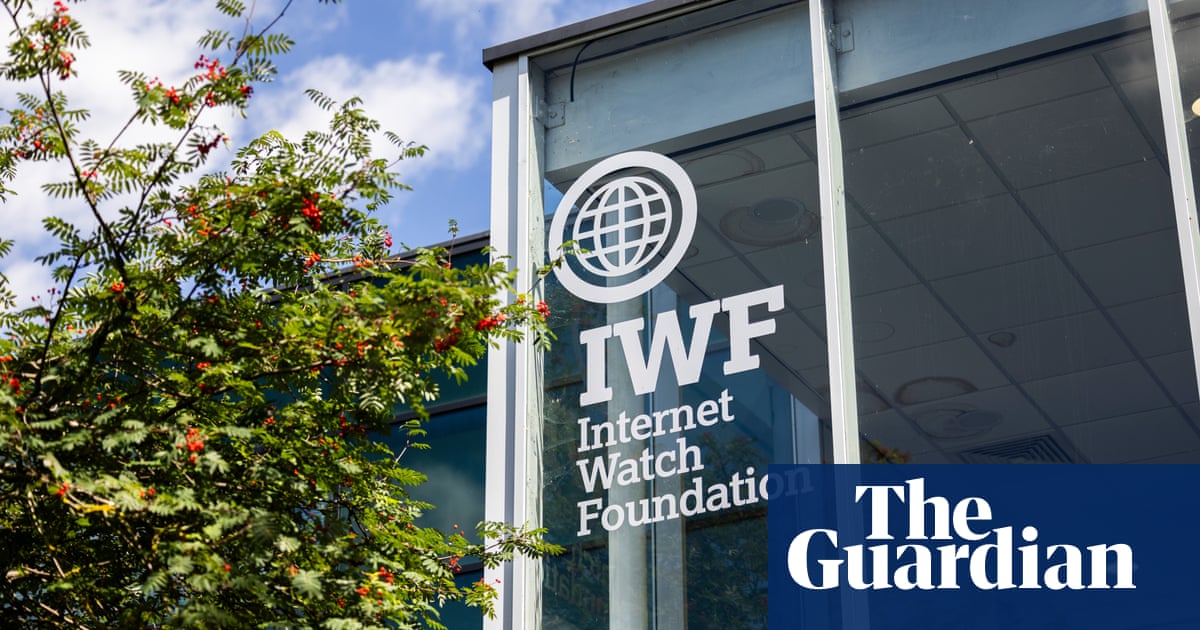Sukkot started off with a bang – and one that is certainly cause for celebration. The IDF, after years of trying, has finally managed to find and kill Sinwar.
By JPOST EDITORIAL OCTOBER 18, 2024 06:00 IDF mural of Hamas leader Yahya Sinwar as a mouse at IDF base
(photo credit: HANNAH ESKIN)
IDF mural of Hamas leader Yahya Sinwar as a mouse at IDF base
(photo credit: HANNAH ESKIN)
The holiday of Sukkot is a joy – so much so that it is even known as Zman Simchateinu, the time of our celebration. Last year, Sukkot’s conclusion was immediately marked by the October 7 massacre, one of the most harrowing events in Israeli history. Twelve hundred people were murdered, hundreds more taken hostage, and tens of thousands forced to flee their homes, becoming refugees in their own country.
A number of people were responsible for plotting this massacre, with blame falling on a specific cadre of leaders in Hamas, as well as their supportive allies in Hezbollah, Iran, and the Houthis. Chief among these figures was Yahya Sinwar, the leader of Hamas in Gaza and, eventually, the overall leader of the terrorist organization.
But this year, Sukkot started off with a bang – and one that is certainly cause for celebration. The IDF, after years of trying, has finally managed to find and kill Sinwar.
To underscore just how big of a deal this is, keep in mind that since October 7, 2023, wiping out the leadership of Hamas and Hezbollah became arguably Israel’s most important war goals. To eliminate the threat to Israeli citizens; to make sure the war could end; to bring the hostages home; and to return the tens of thousands of evacuees back to their homes, it was argued, Hamas and Hezbollah would need to be dealt with, battered to the point where they could never again pose a threat to the Jewish state.
Early on in the war, this seemed like a pipe dream. Hamas’s political leadership under Ismail Haniyeh and Saleh al-Arouri, living abroad, seemed untouchable. Other top Hamas officials in Gaza like Sinwar, Mohammed Deif, and Marwan Issa had evaded all attempts at capture or assassination for years. Hezbollah leader Hassan Nasrallah and other top officials also seemed secure in Lebanon, protected in secure bunkers and shielded by political legitimacy and the security of sovereign territory.
But this was no pipe dream.
It took a lot of time, and it resulted in a lot of casualties on all sides. But one by one, those elusive terrorist masterminds went down. First Issa, then Deif. Haniyeh’s death soon followed, killed in the beating heart of Iran. And then finally, the infamous Nasrallah met his end – as did a huge swathe of the Hezbollah leadership.
Sinwar soon became the last man standing, hiding out in Gaza. Since Israel freed him in the Gilad Schalit prisoner swap deal in 2011, he rose in power and influence, eventually becoming the organization’s Gaza chief, a position rivalled only by Haniyeh.
When Haniyeh was killed, Sinwar ascended to total leadership of Hamas: the sole head on the snake. And now that head has been cut off.
Hamas and Hezbollah have both suffered heavy losses over the last year, but Israel did what many thought was impossible and took down those responsible for October 7. At long last, all the ringleaders are down and out – for good.
Stay updated with the latest news!
Subscribe to The Jerusalem Post Newsletter
Decisions will need to be made about what to do next, and this war is still not over. Hezbollah remains a well-armed threat against Israel and continues to regularly fire rockets, drones, and missiles into the Jewish state. Hamas still has men under arms and rockets at their disposal, and 101 hostages still remain in their possession. The Houthis in Yemen are still a threat that could strike at any moment, boasting an arsenal of ballistic missiles and drones, and their leadership remains intact. And then there is the ever-looming threat of Iran, a well-equipped nation who backs all the aforementioned actors and hosts a formidably large army of its own.
What's next?
So what comes next? Will Israel be able to start returning evacuees to their homes? Will they press for another hostage deal on favorable terms? Will the IDF turn its focus to Iran or the Houthis?
Those questions will need to be answered very soon, and it remains to be seen how Israel’s allies such as the US will want the Jewish state to proceed. But for now, we can take solace in the fact that at the very least, Israel’s archenemy over the past year is dead, and that some measure of justice has been achieved for all the people who have lost and suffered since October 7. Zman simchateinu indeed.

 By The Jerusalem Post (World News) | Created at 2024-10-18 03:05:15 | Updated at 2024-10-18 05:21:43
2 hours ago
By The Jerusalem Post (World News) | Created at 2024-10-18 03:05:15 | Updated at 2024-10-18 05:21:43
2 hours ago



